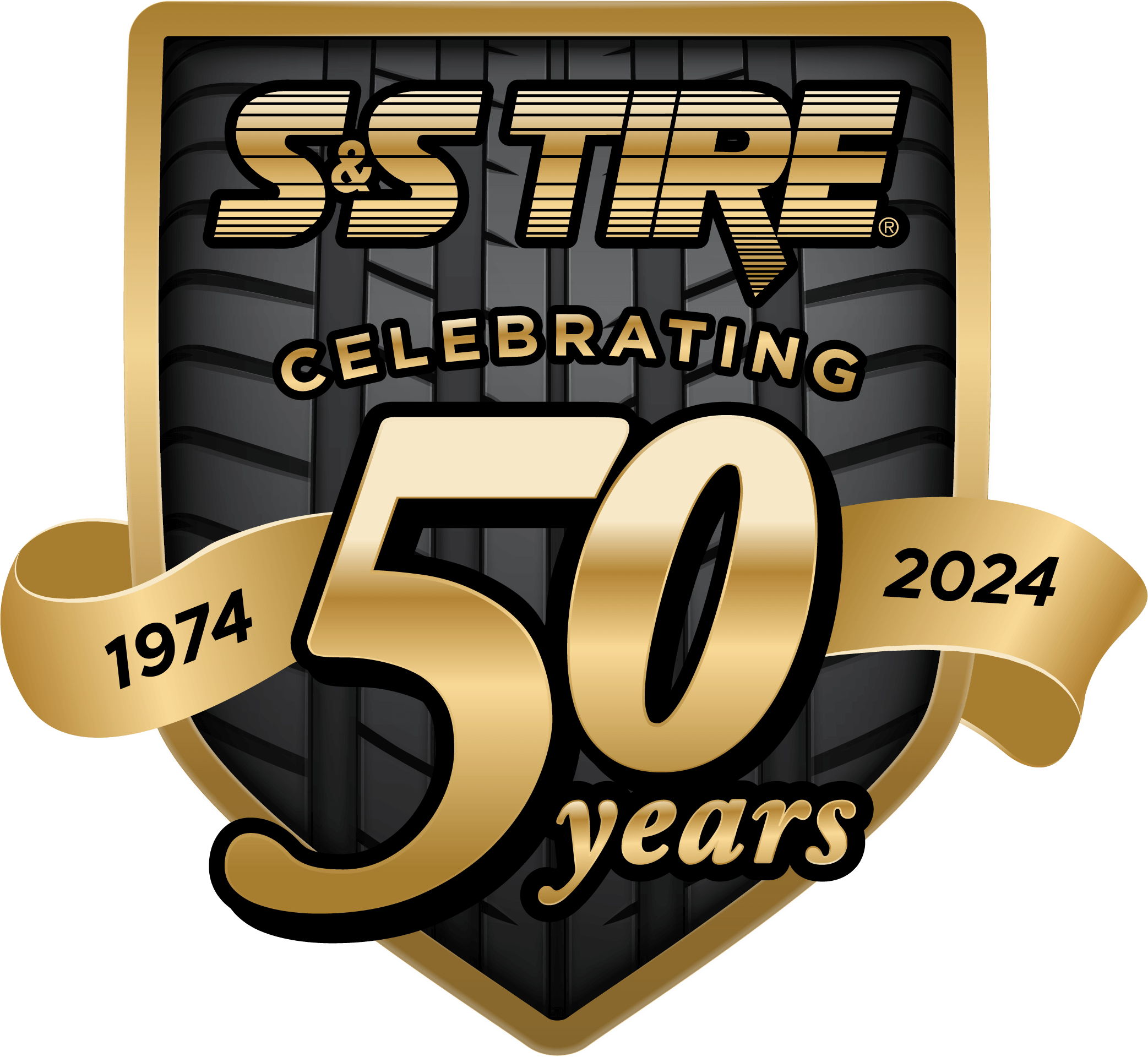Semi Truck Suspension Repair & Services at S&S Tire & Truck Service Center
With 14 commercial truck tire centers – each one staffed with a TIA-certified trainer – multiple 24/7 emergency assistance service crews, and a commercial footprint that covers 18 states, S&S Tire is a time-critical suspension repair and mobile truck repair partner to various freight forwarders and long-haul trucking companies. Often called upon at a moment’s notice, S&S Tire has developed an unsurpassed reputation for going the extra mile – pun intended.
Whether servicing or repairing a Mack suspension, Kenworth Suspension, or Peterbilt suspension, you can rest assured knowing our suspension repair services will get you back on the road. So, if you’re searching for semi-trailer repair near me or diesel repair near me, you’ve come to the right place.
Here is a list of the most common warning signs that something might be amiss with your suspension.
Truck Appears Lower on One End
The United States Department of Transportation (USDOT) is pretty clear about its end-of-day inspection requirements for long-haul truckers and others with a commercial driver’s license (CDL). Whether you’re performing a pre-trip or post-trip inspection, it’s a great time to ensure your truck isn’t lower on one end. If it is, then it could point to issues with your suspension.
Control arms, ball joints, rigid and adjustable tension bars, clamps, bushings, struts, and other critical undercarriage components can often fracture or tear after extended use. These suspension issues aren’t uncommon due to the distances semi-trucks travel and the different terrains and road conditions they encounter. Another potential cause can include underinflated tires. Either way, this needs to be addressed.
Uneven Tire Wear Patterns
Uneven tire wear patterns are another indicator that something might be wrong with your suspension. Any of the issues above can lead to a suspension that’s out of alignment. Once that happens, it forces the wheels and tires on one side of your truck to bear a higher weight. Over time, this heavier weight wears out the treads on the tires and can put undo pressure on your brake system as it’s forced to compensate for the heavier loads.
Loss of Air Pressure
Air suspension systems are highly valued for their ability to support heavier loads compared to spring suspension systems. However, they’re only a benefit if your air compressor and dryer are working properly. If your air dryer doesn’t properly remove condensation in the airlines, they can easily freeze in colder weather, further obstructing passageways until a tear in the airline occurs. That tear further reduces air pressure.
An uneven ride may indicate an air compressor not providing sufficient compressed air to the suspension and brake system. Other warning signs are malfunctioning height sensors when loading or unloading or an air suspension warning light. Much like the previous issue, a pressure loss leads to uneven weight distribution across your suspension, putting the suspension’s subcomponent parts and assemblies under extreme stress.
Handling, Steering, and Swaying
The most experienced truck drivers can notice the subtle changes in how their truck handles and steers. However, sometimes the problems become so severe they’re impossible to ignore. If you’re having difficulty steering or feel like the truck pulls to one side or sways when cornering, it could point to a more severe suspension issue.
Loud noises emerging from your truck’s undercarriage or its wheels, a bumpy or uncomfortable ride, and a vibrating steering wheel when you accelerate are all signs that something is wrong with the suspension.
Damaged Shock Absorber
Think of your shock absorber as a small hydraulic pump. For it to function correctly, sufficient lubrication must be delivered to the piston inside the shock absorber. That lubrication reduces friction between the piston and the inner walls of the shock absorber, allowing the shock absorber to function correctly by absorbing the vibration and impact from the road.
Like any hydraulic pump, a shock absorber has seals and gaskets. If one of them tears, the shock absorber will leak fluid, and its performance will diminish as the friction inside the absorber builds up until it fails. Excessive oil fluid on the outside of the shock absorber is a sign that it might need replacing. Another telltale sign that you may have problems with your shock absorbers is when you make a stop, and your truck feels as if it lurches forward.
Book Your Suspension Repair Today
At S&S Tire / Best One Tire Repair, we adopt a proactive, customer-first approach to helping our customers stay on the road. It’s why so many of our customers come to us for our fleet management services, inspections, and preventative maintenance programs.
If you suspect a problem with your semi-truck’s suspension, contact us now.
